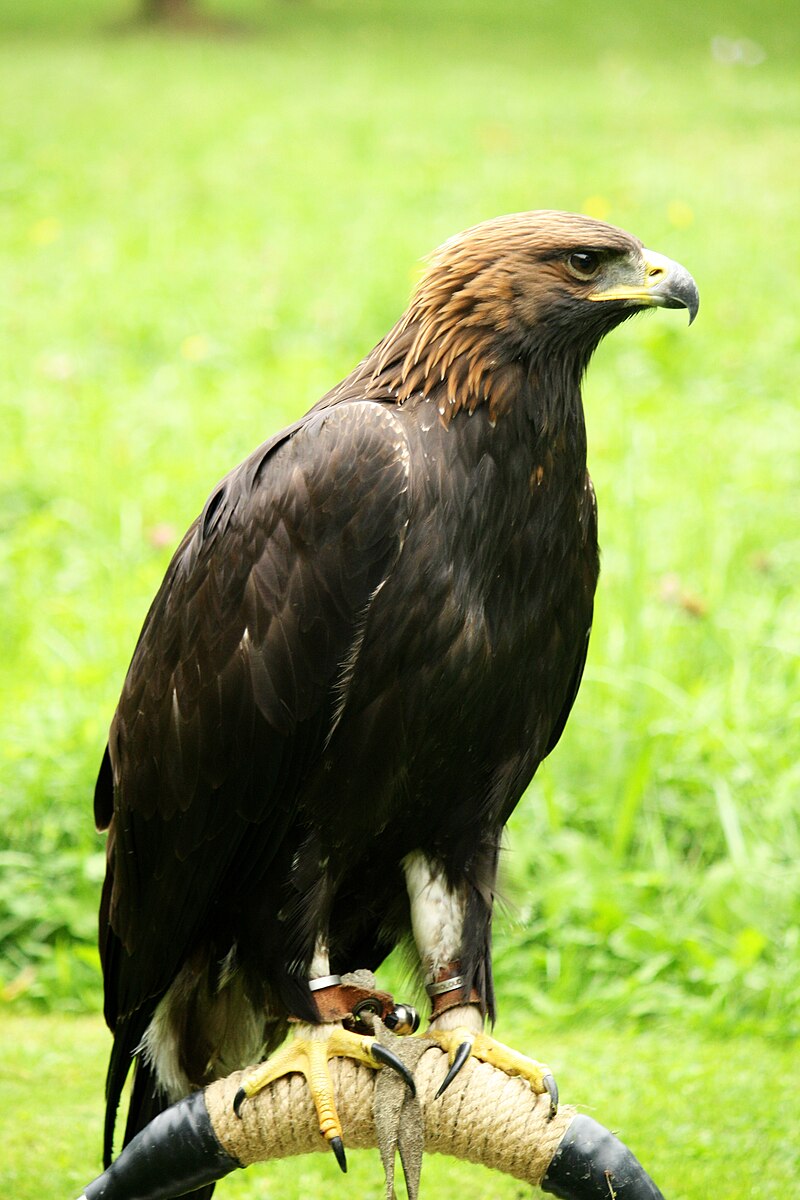Golden Eagles are apex predators that primarily feed on small to mid-sized mammals, birds, and carrion during the winter months. These majestic birds are known for their impressive hunting skills and adaptability to various environmental conditions.
The Winter Diet of Golden Eagles
During the winter, when prey availability can be limited, especially in snow-covered areas, Golden Eagles often switch to a diet that consists primarily of carrion. They have been observed following crows and other scavengers to locate and feed on dead animals, including deer, elk, and even livestock.
Small Mammals
In addition to carrion, Golden Eagles continue to hunt small mammals such as:
- Rabbits
- Ground squirrels
- Prairie dogs
- Marmots
These small to mid-sized mammals make up a significant portion of the Golden Eagle’s winter diet, as they are relatively abundant and accessible prey.
Birds
Golden Eagles also prey on various bird species during the winter, including:
- Grouse
- Waterfowl
- Smaller birds
While birds may not be as abundant as small mammals, they still provide a valuable source of nutrition for these powerful raptors.
Larger Prey
On rare occasions, Golden Eagles have been known to take larger prey, such as:
- Foxes
- Young deer
- Pronghorn antelope
However, these larger animals are typically more difficult to capture and are not a primary food source for Golden Eagles during the winter.
Adaptations for Winter Survival
 Image source: Golden Eagle by Atillak
Image source: Golden Eagle by Atillak
Golden Eagles have several adaptations that allow them to thrive in the harsh winter conditions:
- Powerful Talons: Their strong, sharp talons are essential for capturing and tearing apart their prey, even in the snow.
- Keen Eyesight: Golden Eagles have exceptional eyesight, which helps them spot potential prey from great distances, even in low-light conditions.
- Efficient Metabolism: These birds have a high metabolic rate, which allows them to maintain their body temperature and conserve energy during the colder months.
- Opportunistic Feeding: Golden Eagles are opportunistic hunters, and they are willing to scavenge for carrion when live prey is scarce, ensuring they can survive the winter.
Conclusion
Golden Eagles are remarkable predators that have adapted to thrive in a variety of environments, including the harsh winter conditions. By switching to a diet that consists primarily of carrion and small to mid-sized mammals, these birds are able to survive and maintain their populations throughout the colder months. Understanding the winter feeding habits of Golden Eagles is crucial for their conservation and the preservation of the delicate ecosystems they inhabit.
References:
- Golden Eagle Diet and Foraging Ecology: A Review
- Golden Eagle Winter Ecology in the Northern Great Plains
- Foraging Ecology of Golden Eagles in Central California
- Golden Eagle Fact Sheet
- Golden Eagle – San Diego Zoo Animals
- Golden Eagle – Audubon
- Golden Eagle – Alaska Department of Fish and Game
- What We Do – Eagles.org



